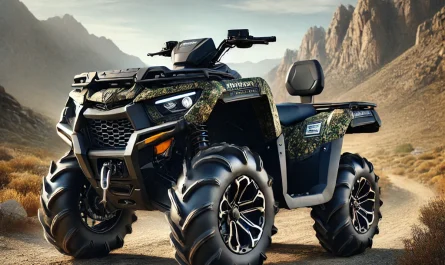T-bone accidents are some of the scariest types of car crashes people can go through. They usually happen so suddenly that no one sees them coming, and when they do, it’s often too late to react. A T-bone accident is when the front of one car crashes directly into the side of another, forming a T shape, hence the name. These side-impact crashes are often dangerous because there’s usually not much between the side of the car and the person inside to protect them from the force of the hit.
Most T-bone crashes happen at intersections, and they’re usually the result of someone not following the rules of the road.
There’s a lot that goes into figuring out how these crashes happen and who is responsible for them. That’s why determining fault in a T-bone accident is such a big deal. It’s not always as straightforward as it seems, especially when drivers are pointing fingers at each other.
Here are some of the most common scenarios that lead to T-bone crashes:
Failure to Yield the Right of Way
One of the biggest reasons T-bone accidents happen is because someone doesn’t yield the right of way. This is especially common at intersections where drivers might not be sure whose turn it is to go, or they might just assume they can make it across in time.
Maybe someone is trying to make a left turn and thinks they can squeeze through before the oncoming car gets there. But if they’re wrong, that oncoming vehicle could slam right into the side of their car.
Running Red Lights or Stop Signs
The problem with running red lights is that the other cars in the intersection are expecting everyone to follow those signals. So, when someone doesn’t, it catches other drivers off guard.
They might already be driving through with a green light, thinking it’s safe, only to get hit from the side by someone who didn’t stop.
What makes this worse is that these crashes often happen at high speeds, which means the damage and injuries are usually much more severe.
Distracted Driving
It’s no secret that distracted driving causes all kinds of problems on the road, and T-bone crashes are no exception. When a driver is looking down at their phone, fiddling with the radio, or even just eating while driving, they’re not giving their full attention to what’s going on around them.
That split-second distraction could mean they miss a red light or don’t see a stop sign. And just like that, they could drive right into another car’s path at an intersection.
Reckless or Aggressive Driving
Reckless drivers often try to beat the light, cut across lanes too quickly, or make sudden decisions that don’t give others time to react.
If a driver is speeding or weaving through traffic and runs a light or tries to make a last-second turn, they could end up slamming right into another vehicle.
Aggressive driving is especially dangerous in busy city areas where intersections are packed, and people don’t have much room for error. When someone drives like that, they increase the chances of causing a side-impact crash, especially when other drivers are doing everything right.
Inexperienced or Fatigued Drivers
Young or inexperienced drivers sometimes don’t know how to handle busy intersections properly. They might hesitate too long or go too soon. On the other side, tired drivers who haven’t had enough sleep might not be fully alert.
They could miss a red light or forget to yield, leading to a crash. Fatigue can be just as dangerous as distraction or impairment because it slows your reaction time and makes it harder to focus on what’s happening around you.


